
 Kuwait production set to double by 2020
Kuwait production set to double by 2020
GEO 2006, the Middle East Geosciences Conference and Exhibition, is more important than ever as the world continues to look to the Middle East as a significant source of supply for its increasing energy needs.
The event is being held at the Bahrain International Exhibition Centre from March 27 to 29.
The theme 'Meeting E&P Challenges to Energize the World' covers many areas of interest including:
• Giant fields of the Middle East
• Arabian platform hydrocarbon systems
• Geosciences of carbonate and clastic reservoirs
• Advances in geophysical techniques
• Technology for exploration and production
People, technology and data
The technical programme will also include special sessions devoted to business issues and specialist topics.
Additionally, a Management Forum is scheduled for the first day of the conference. Pre-and post-conference field trips and short courses and forums are also planned to complement the technical programme.
The conference is being organised by the American Association of Petroleum Geologists (AAPG) and the European Association of Geoscientists and Engineers (EAGE), and hosted by the Dhahran Geological Society (DGS).
The Technical Programme Committee is chaired by Ibrahim Al Ghamdi of Saudi Aramco.
The Middle East and the development of its petroleum reserves are an issue of global importance.
It is more vital than ever that accurate geoscience information is gathered, as this will ensure that the region can achieve optimum returns from its abundant natural resources:
Bahrain: The recent acquisition of offshore territory in the Gulf of Bahrain may lead to the discovery of previously undiscovered fields. A number of blocks in this area are now being explored for the first time.
Iran: New field discoveries are occurring frequently, both on and offshore. Amongst the onshore developments the Azadegan field has huge potential but presents a significant geoscience challenge.
Extensive development of existing and new offshore fields both in the Gulf and the Caspian Sea region is also planned.
Kuwait: Expansion of production to almost double the existing level by 2020 is being planned.
Known as 'Project Kuwait' much of the increase in production will be generated by improvements to E&P in the fields of Northern and Western Kuwait.
Qatar: The Qatari government believes that the country's economic future lies in developing its vast natural gas potential.
However, a number of oilfields, both old and new have been marked for increased production. This is being encouraged by improved terms for E&P contracts.
Saudi Arabia: Overall Saudi Arabia may contain up to one trillion barrels of recoverable oil.
In the short term an increase in drilling and exploration activity will enable Saudi Arabia to achieve its goal of increasing production levels.
However, much geoscience work still needs to be done. For example Saudi Aramco estimates that only 15 per cent of the country has been 'adequately explored' for gas.
The UAE: The identification of new fields, especially offshore, has taken place over the last decade.
In addition proven reserves have risen thanks to improved recovery rates and the discovery of oil-rich structures in existing fields.








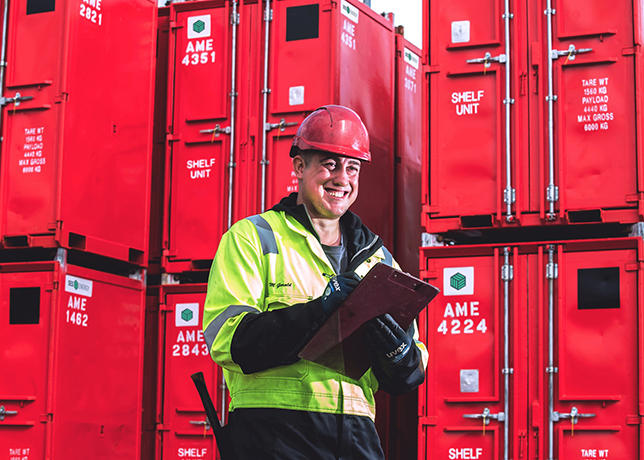

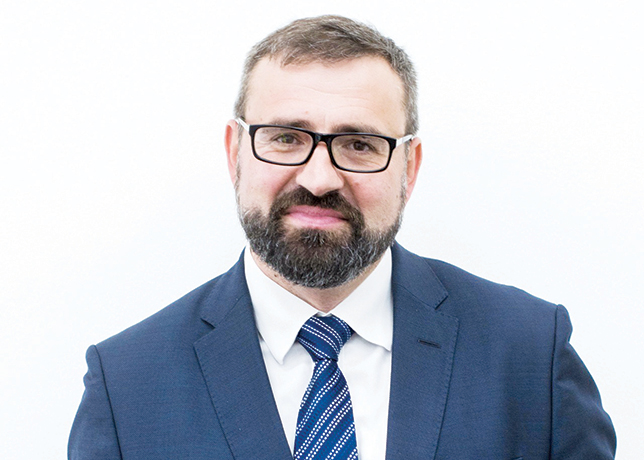
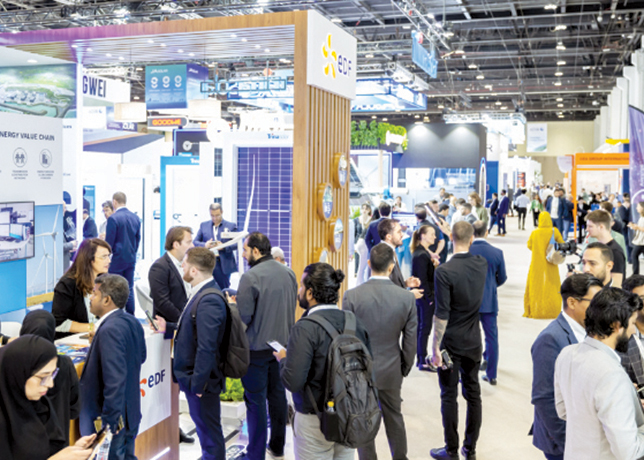
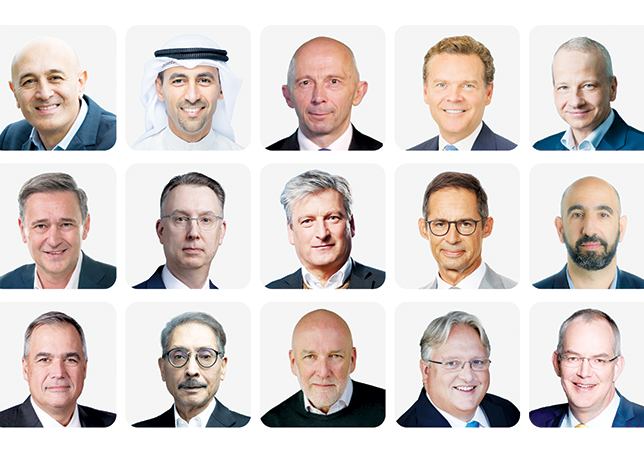


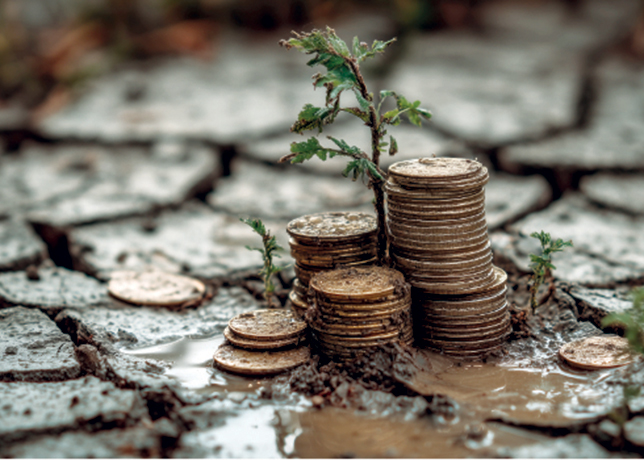

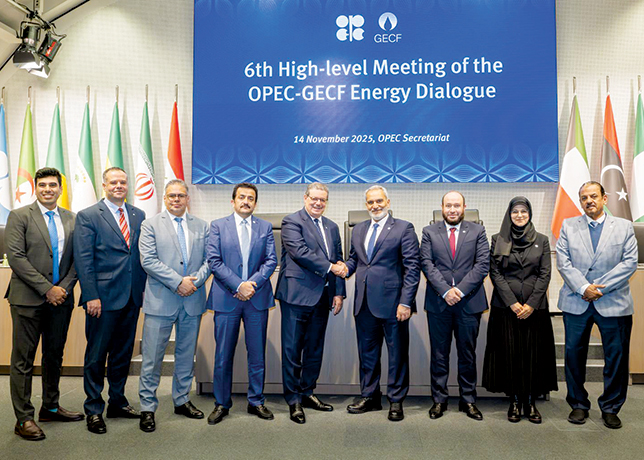
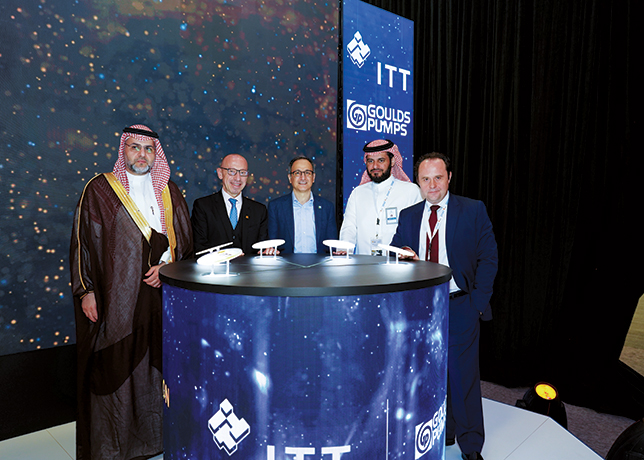

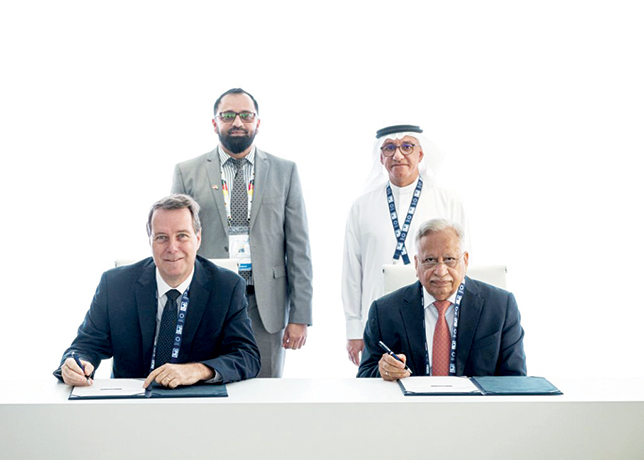
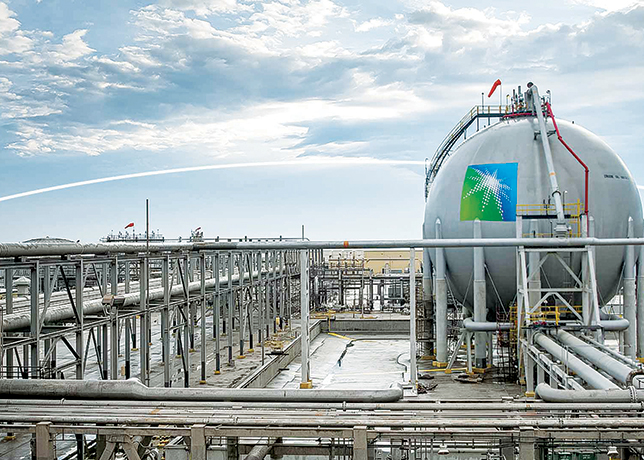

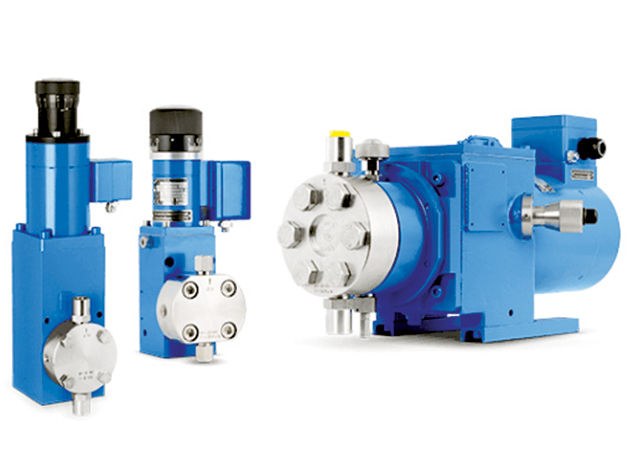
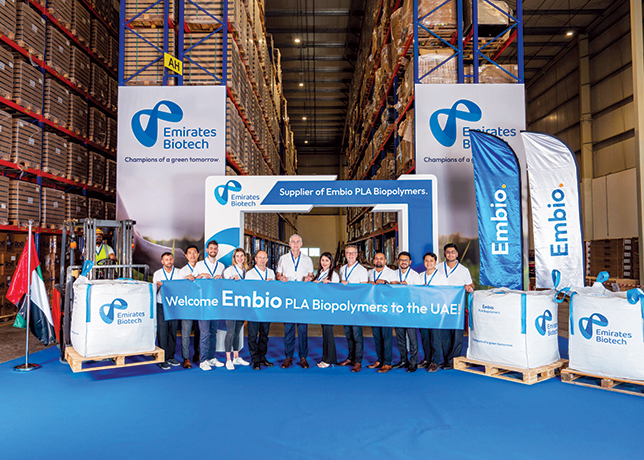
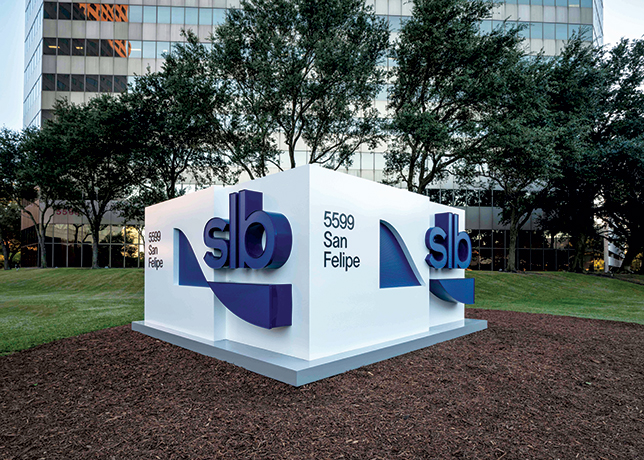



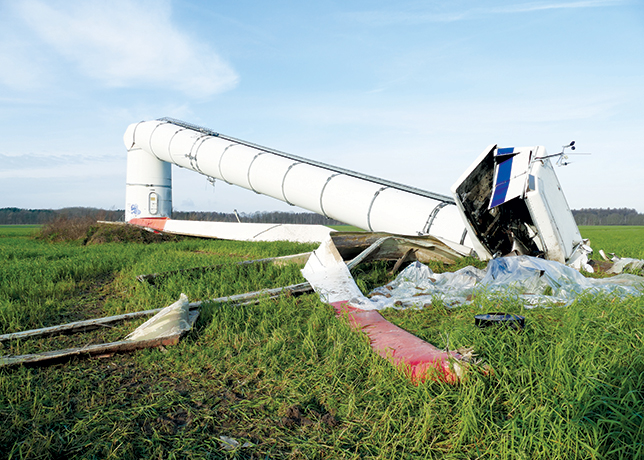


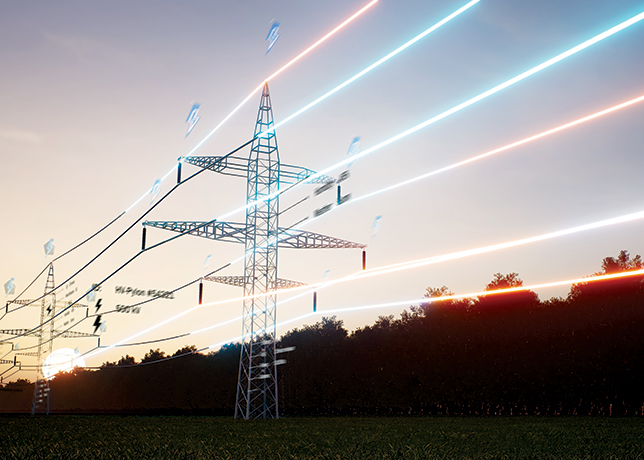
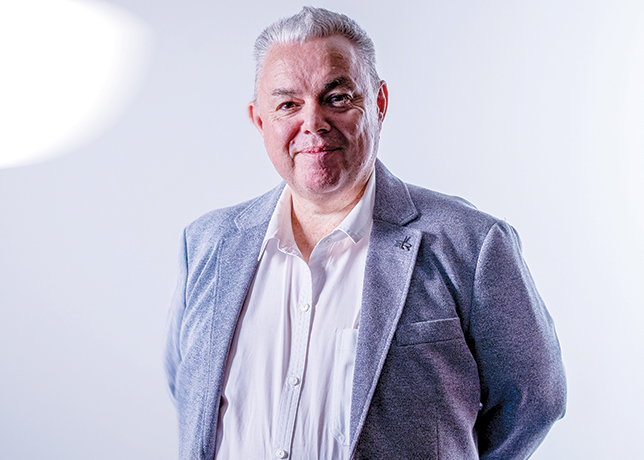
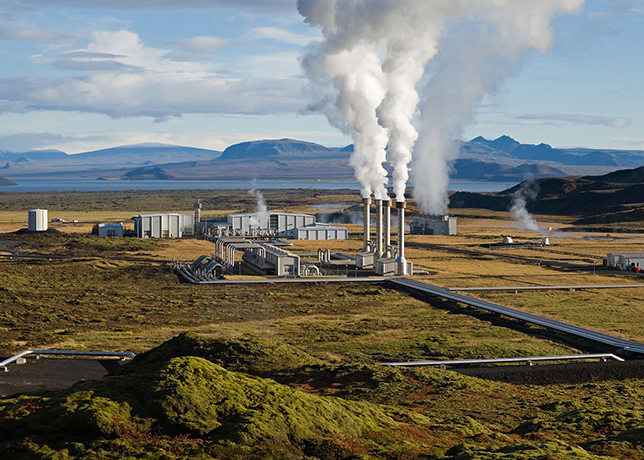
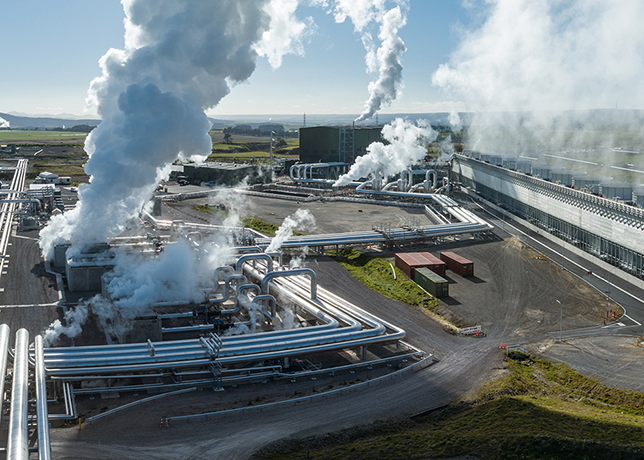

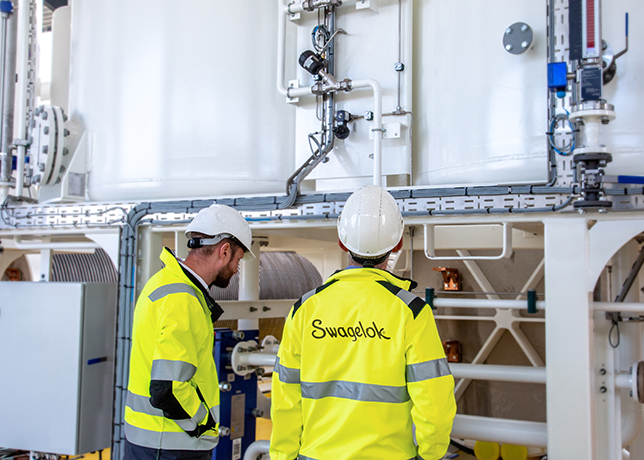
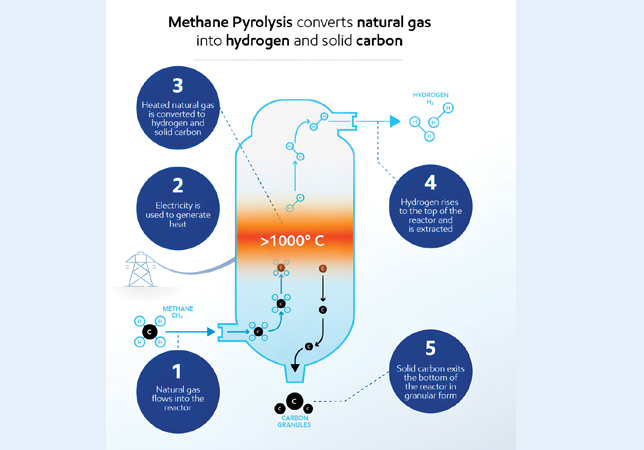
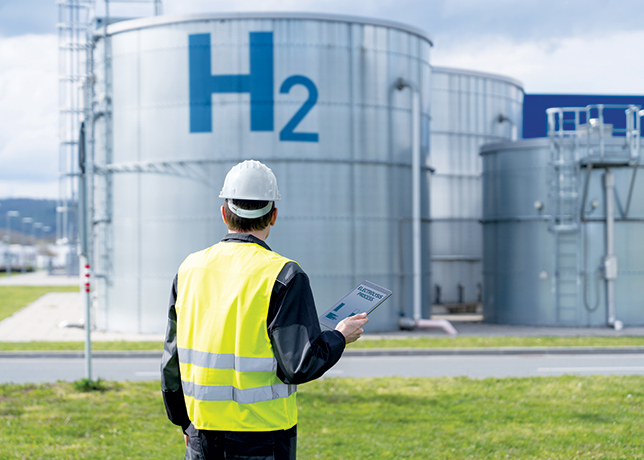
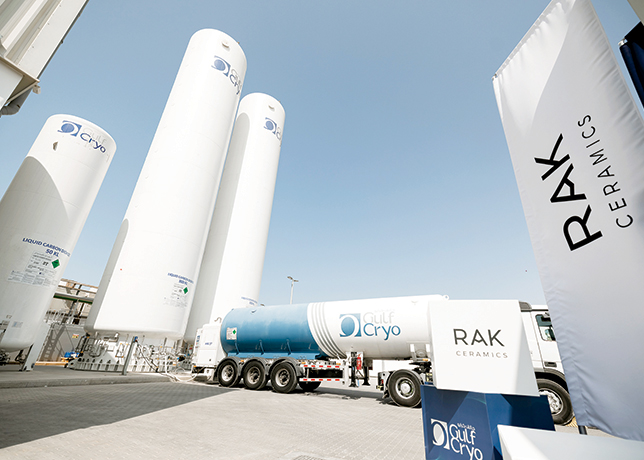
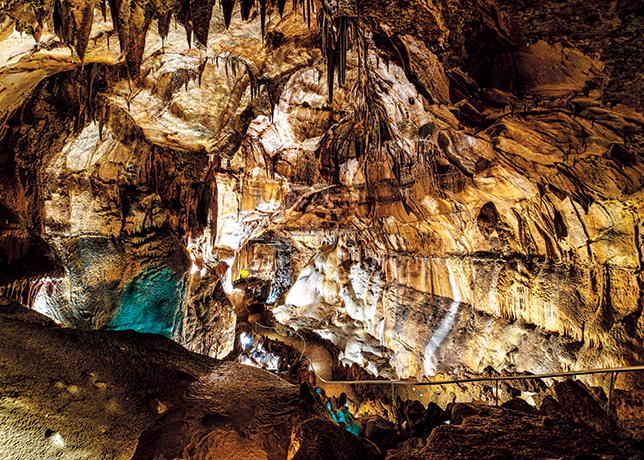
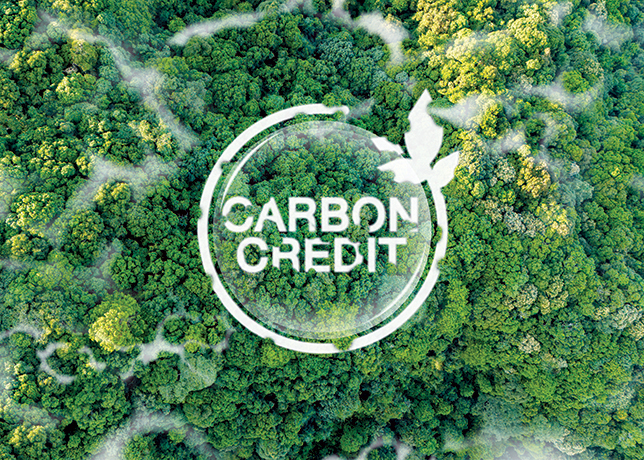
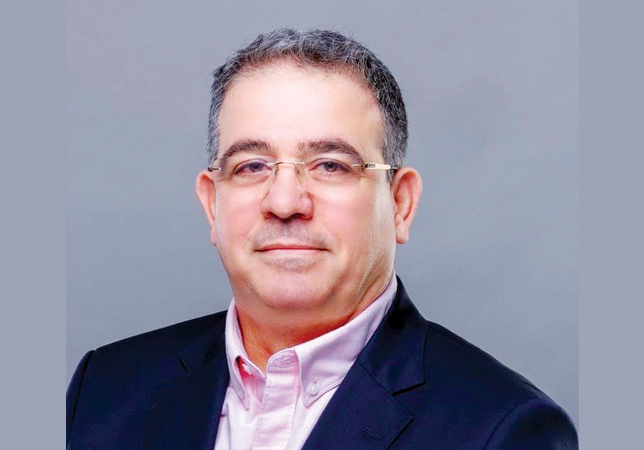
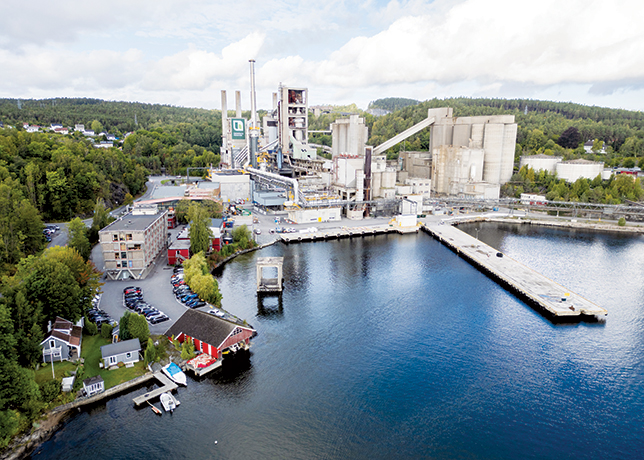

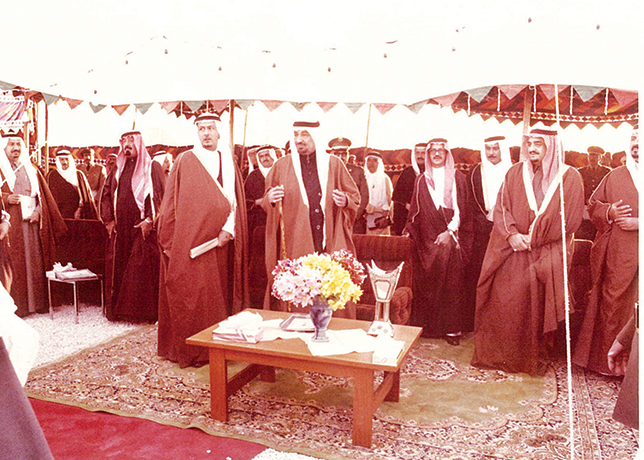
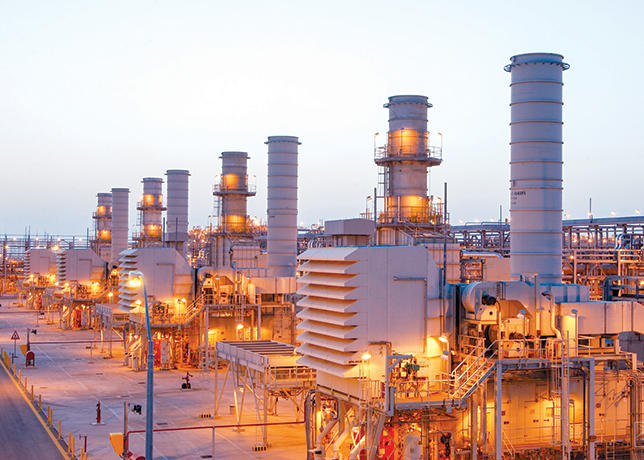
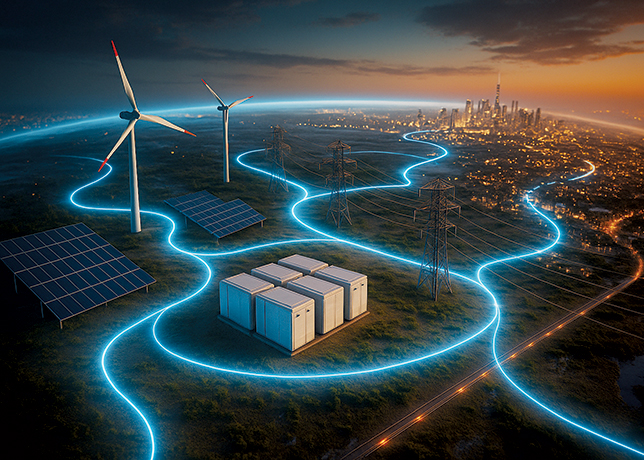
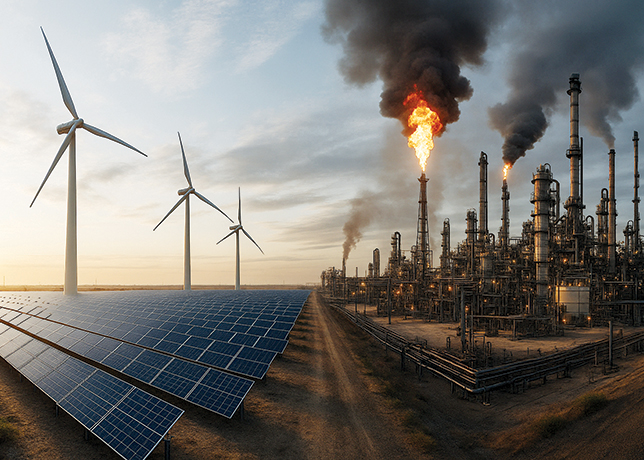

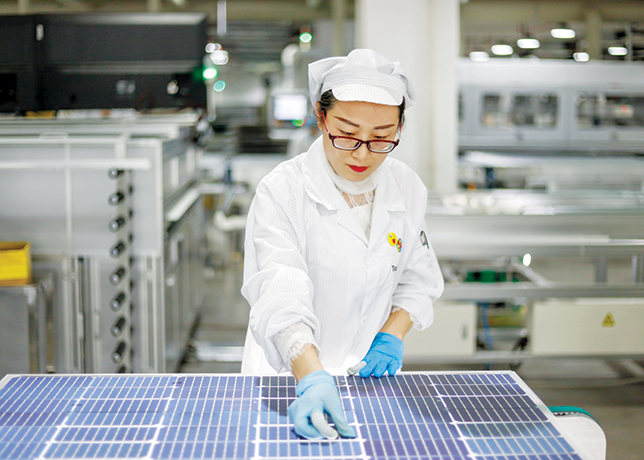
























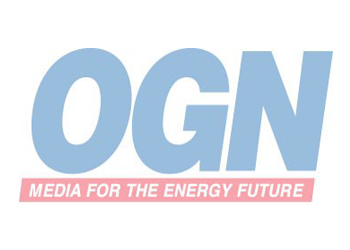
.jpg)










.jpg)


